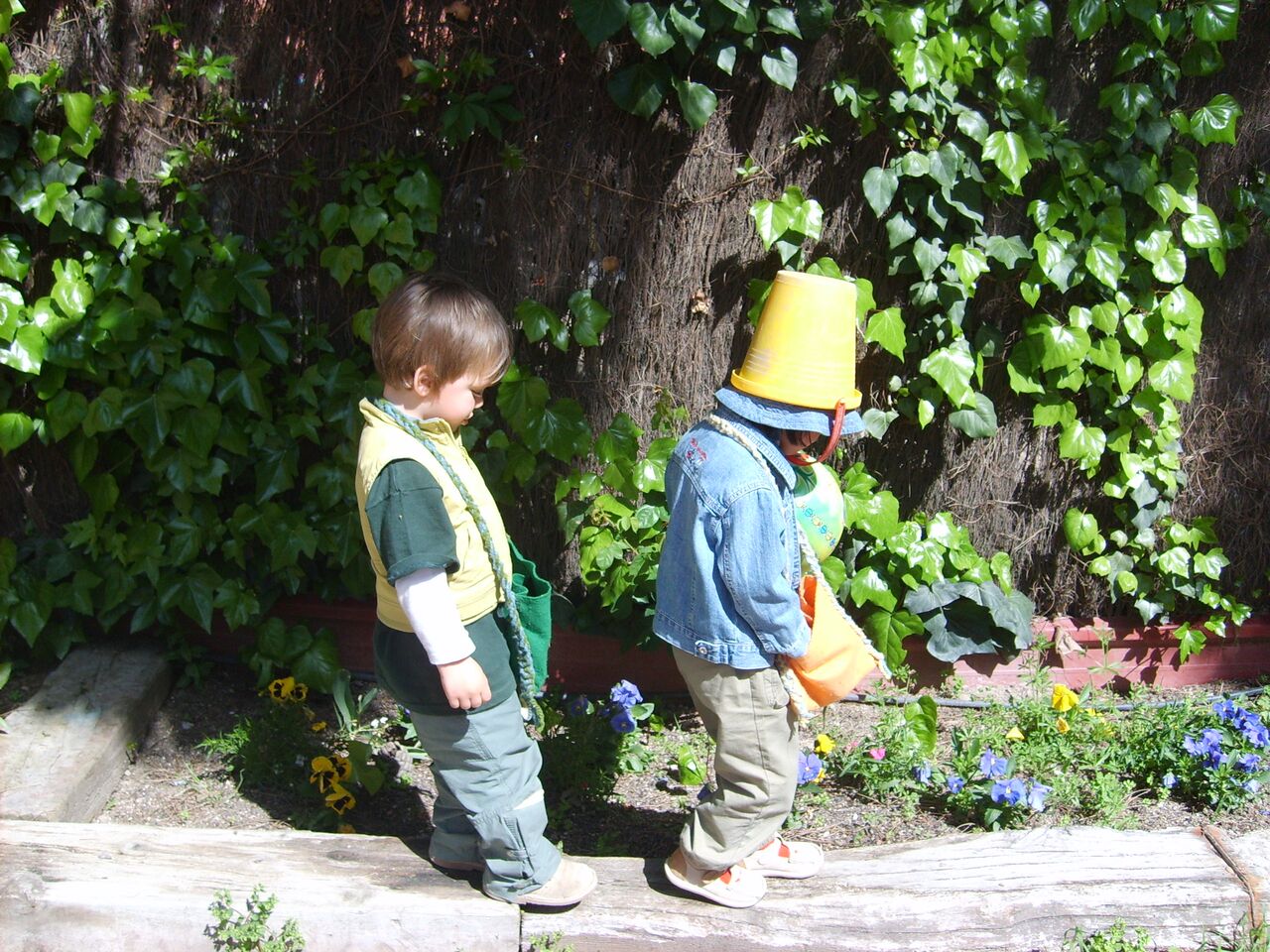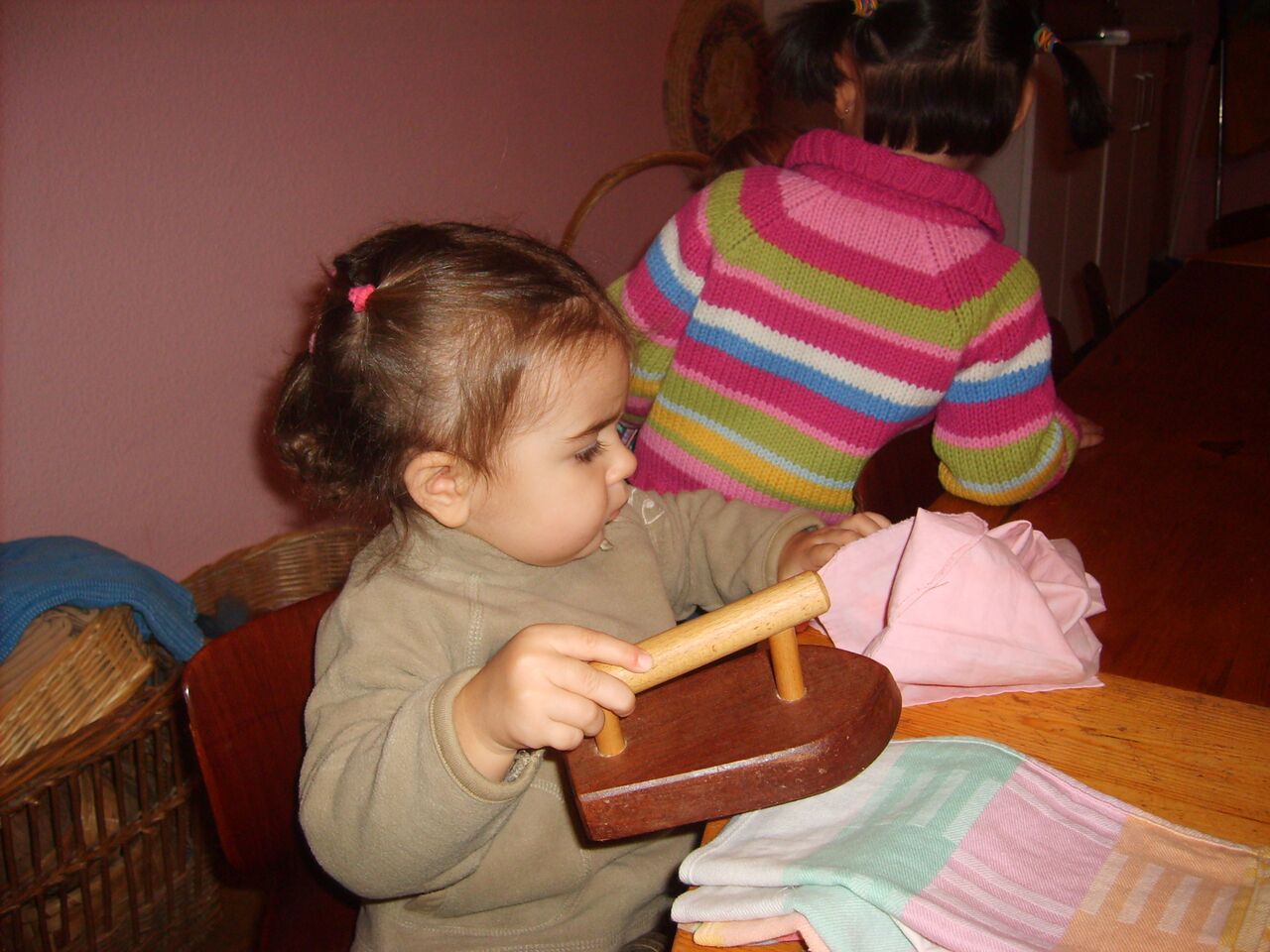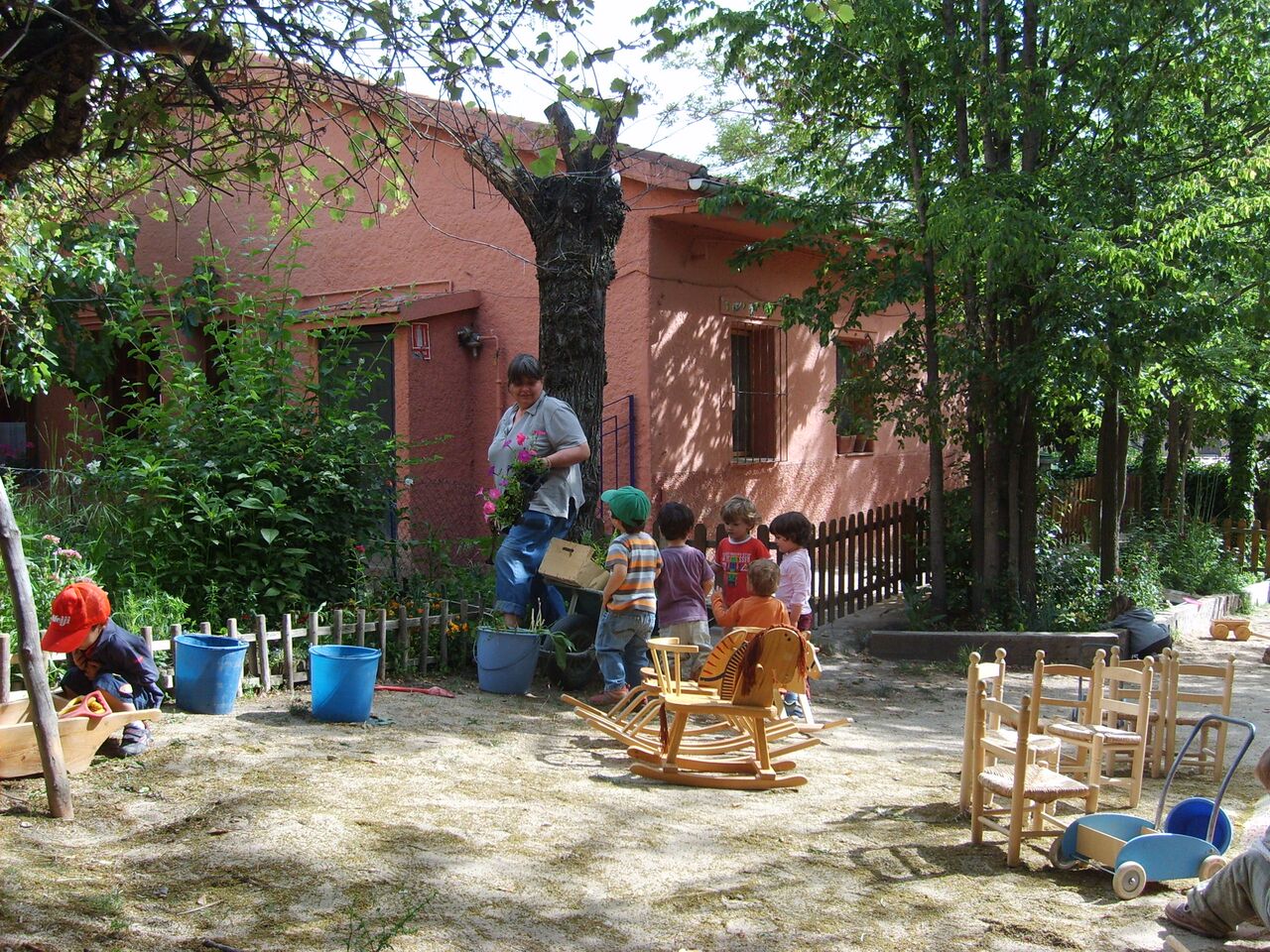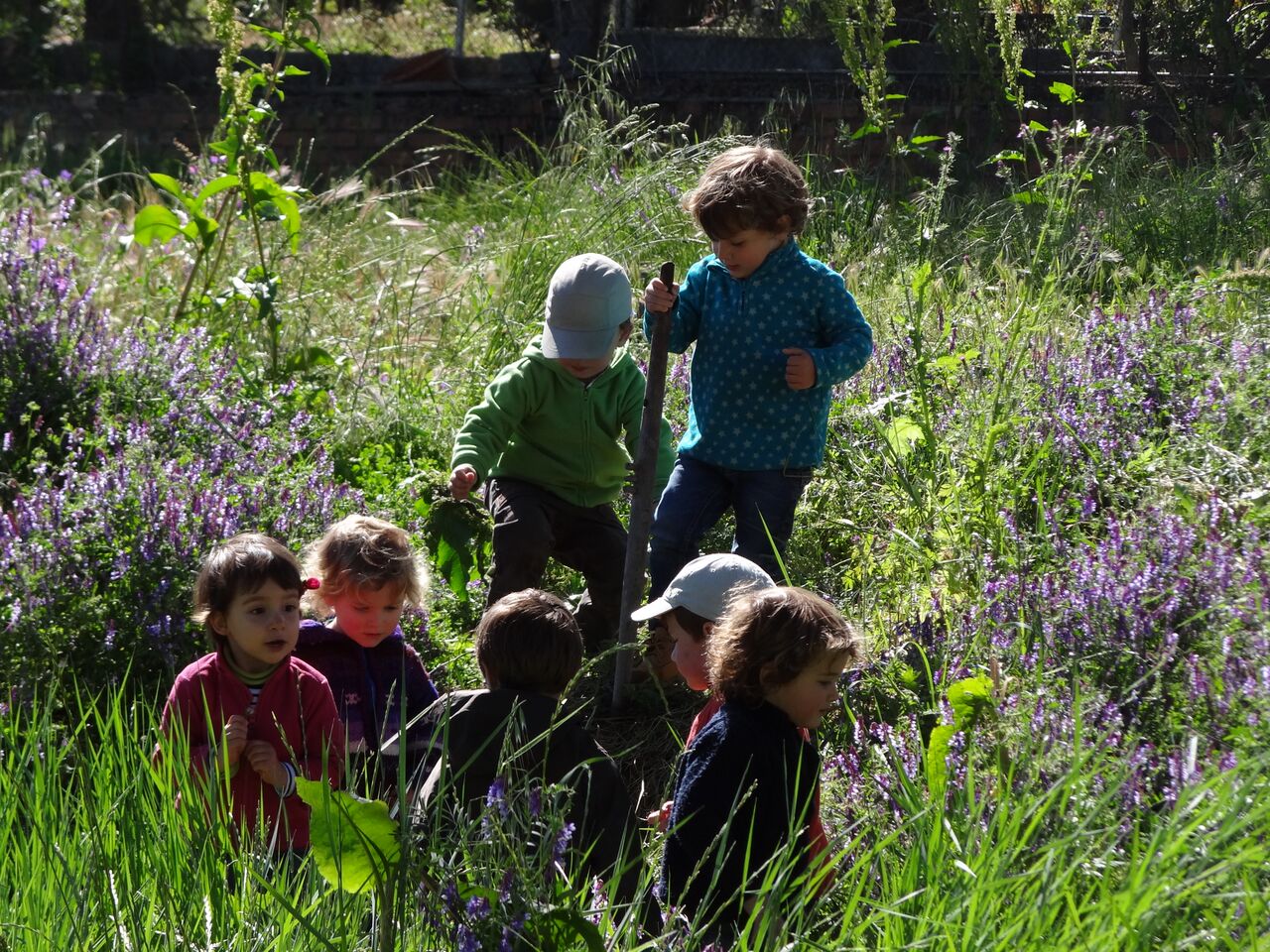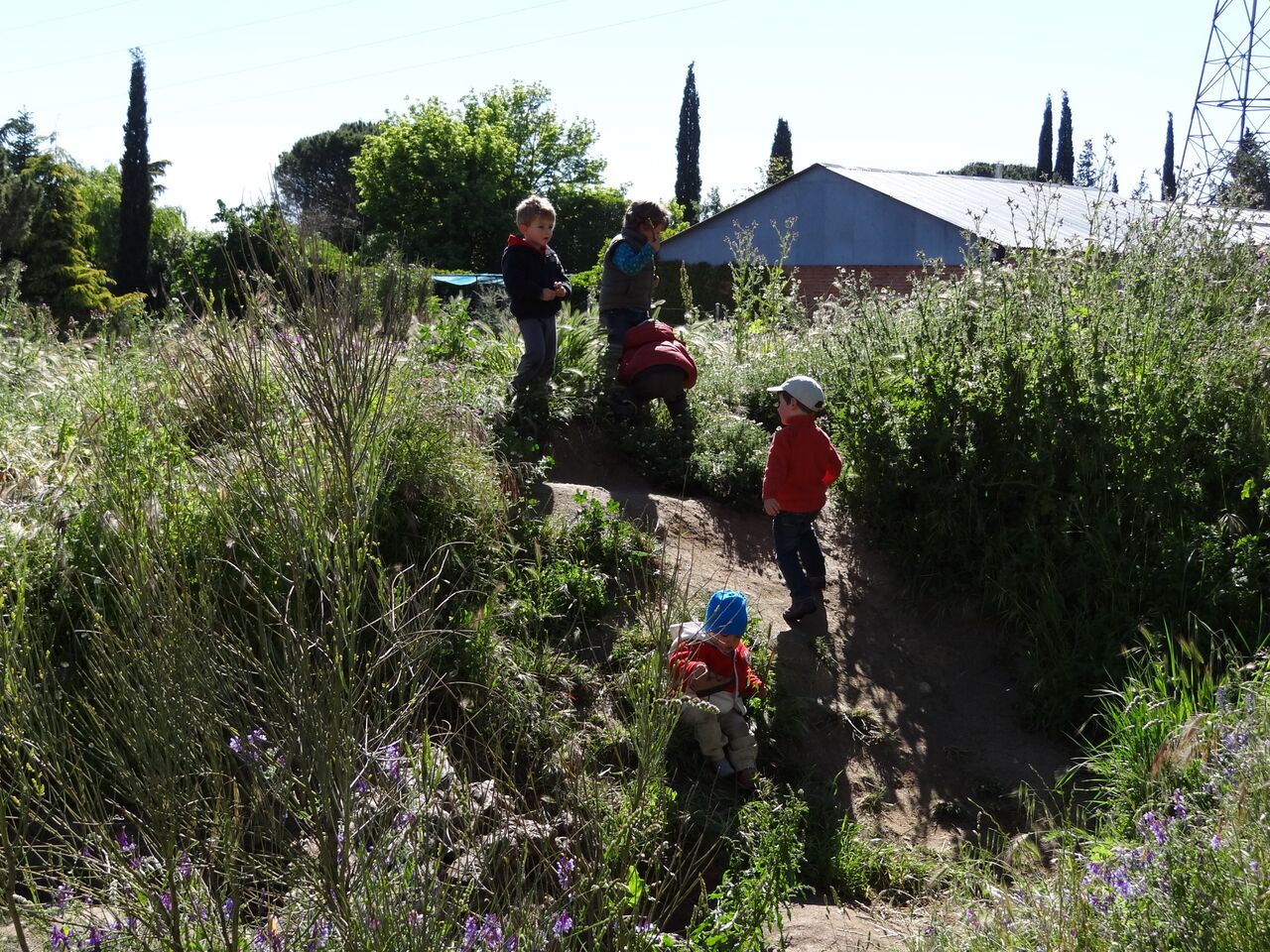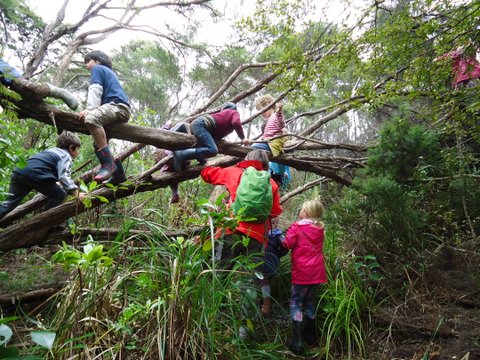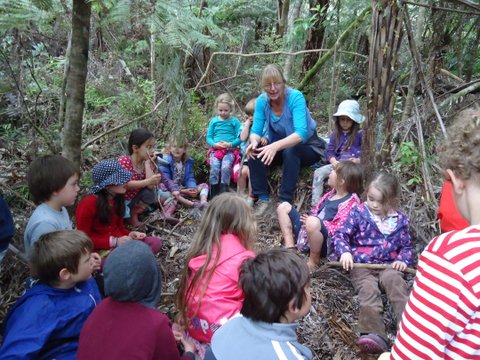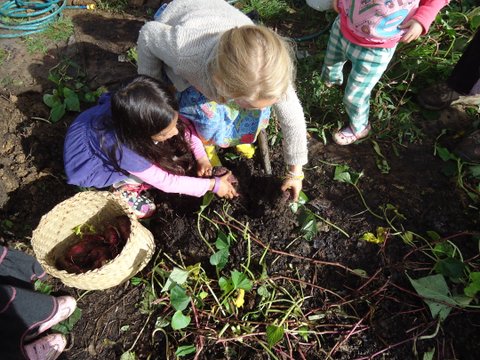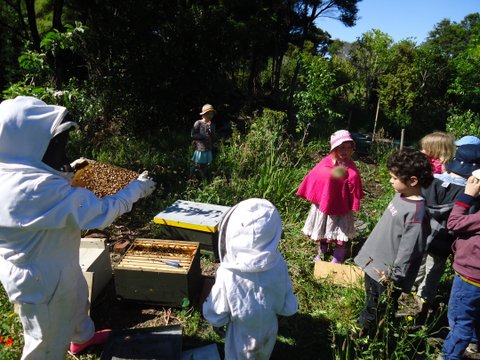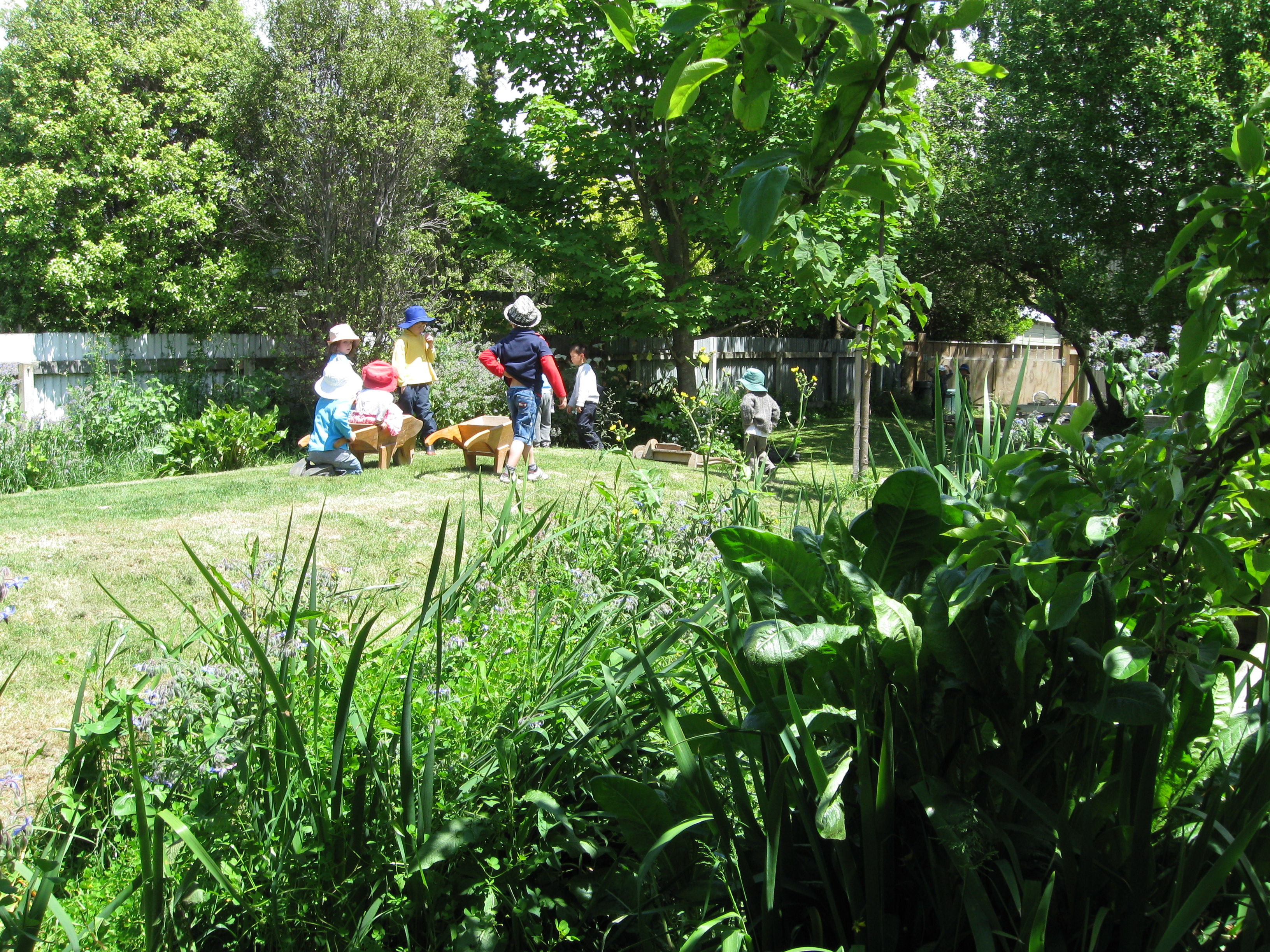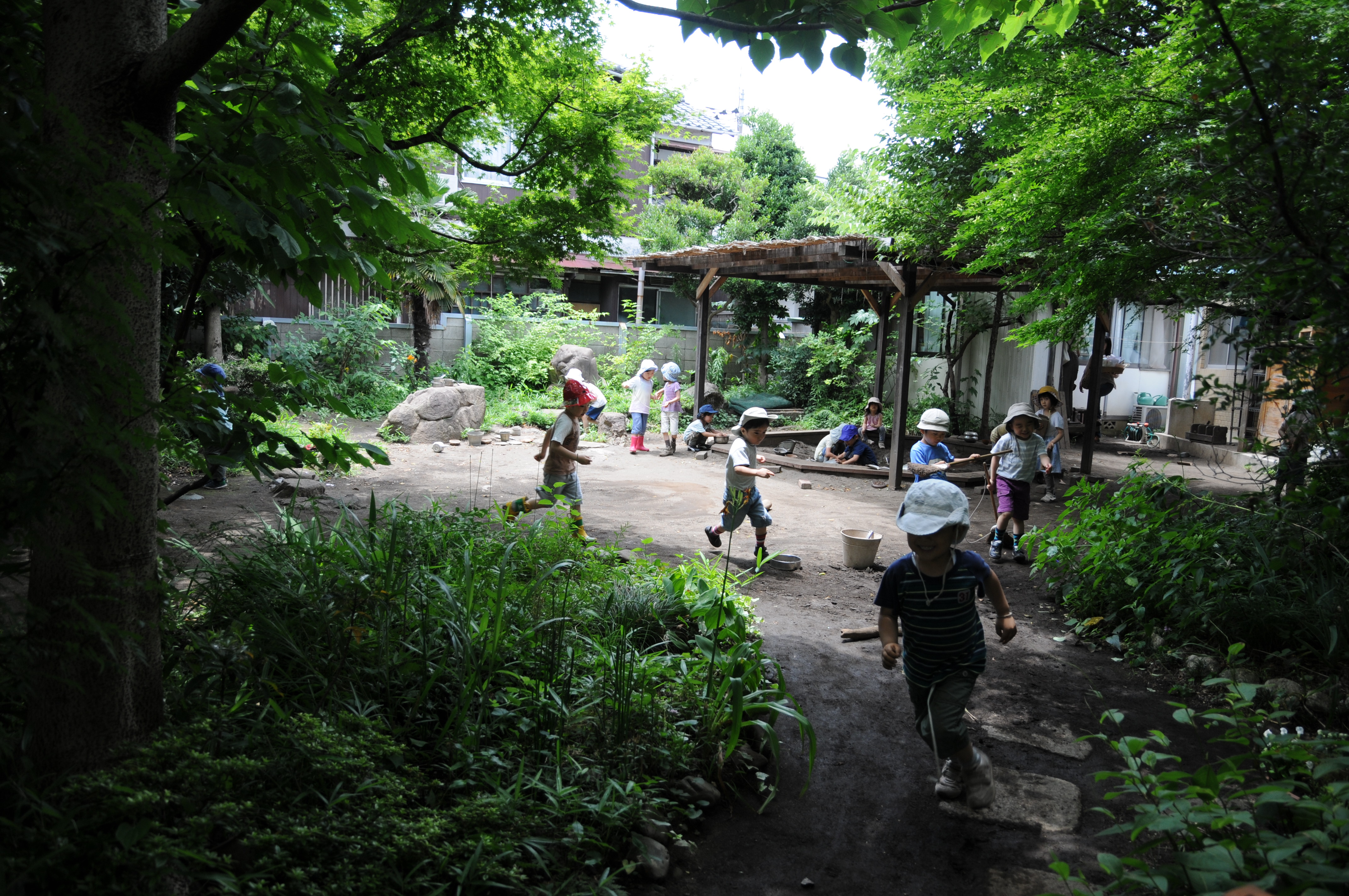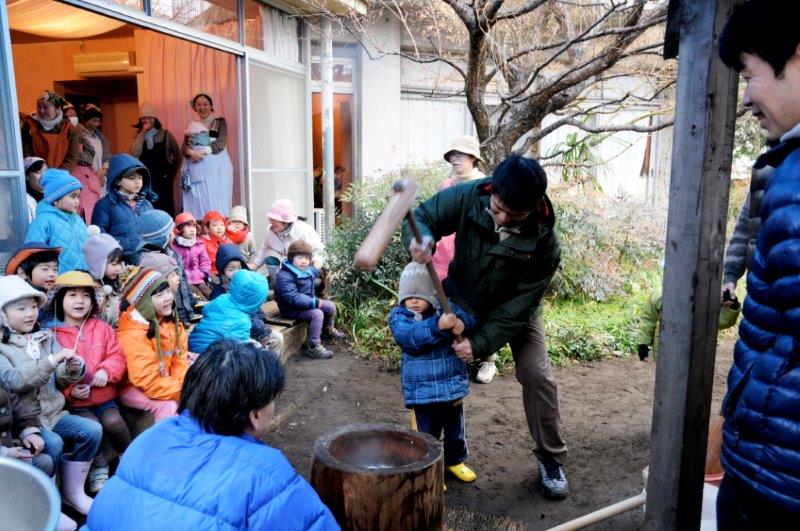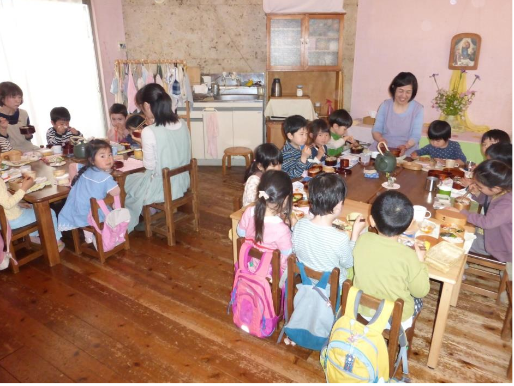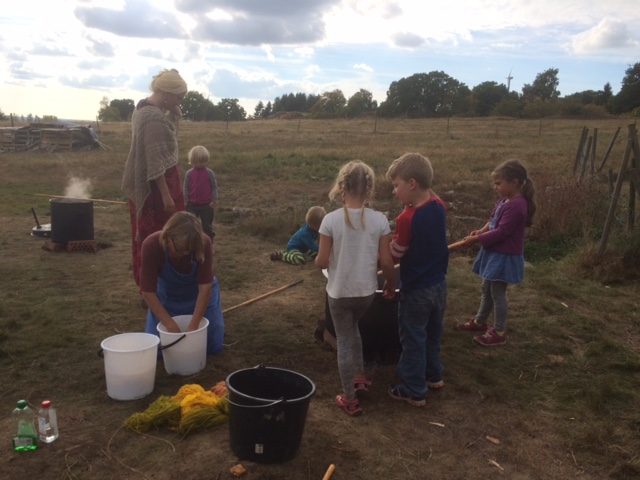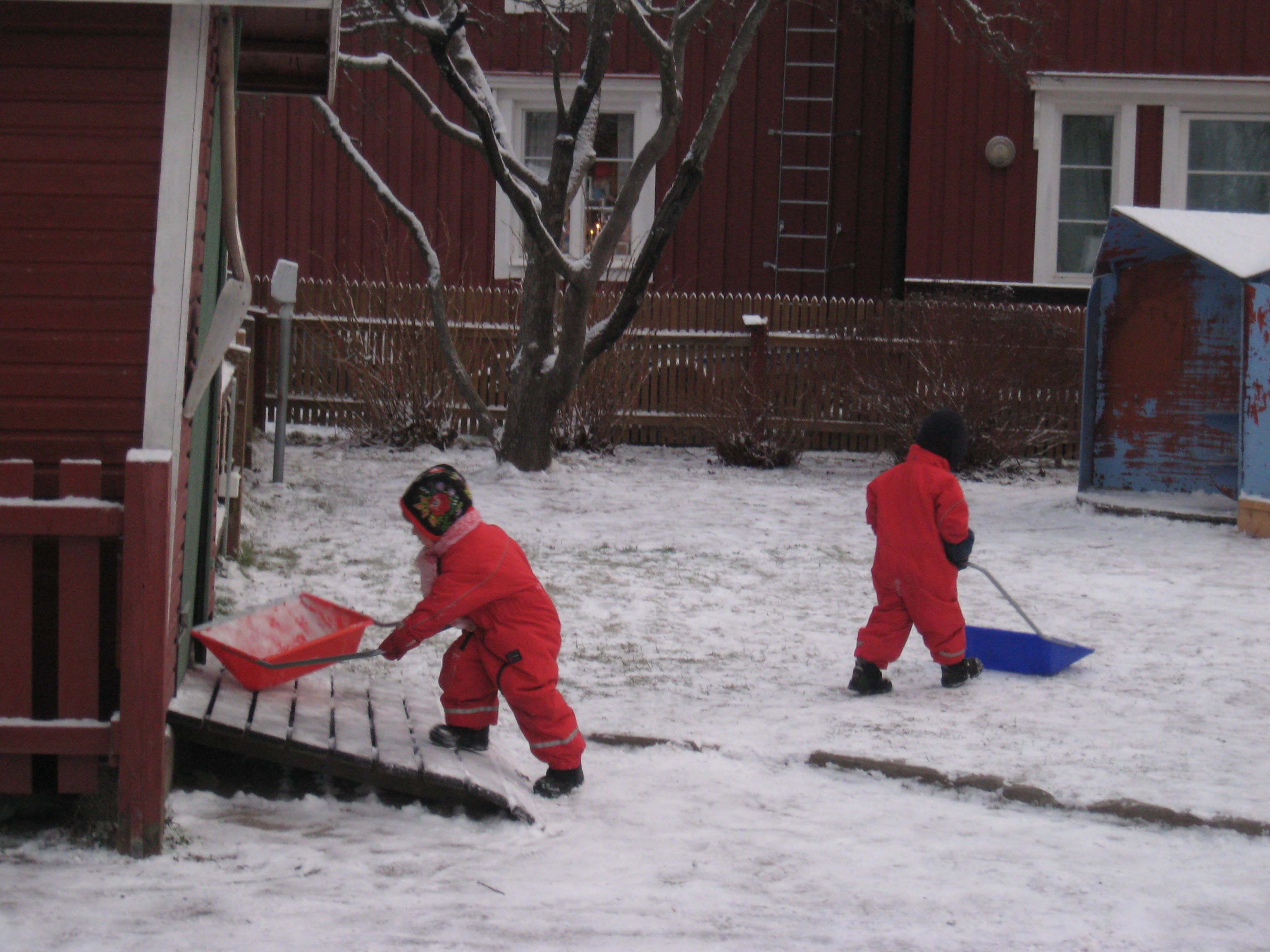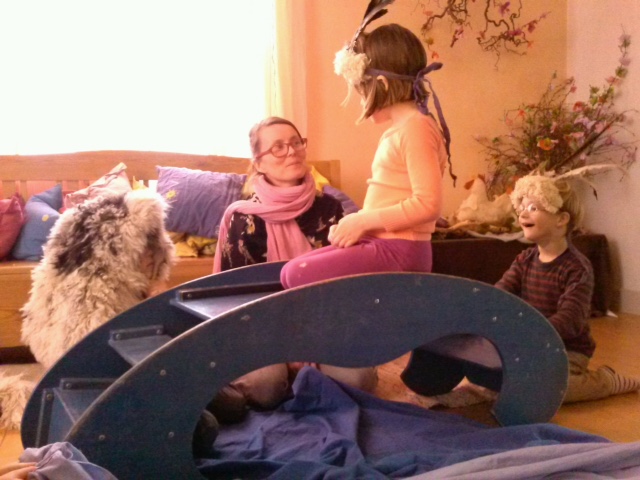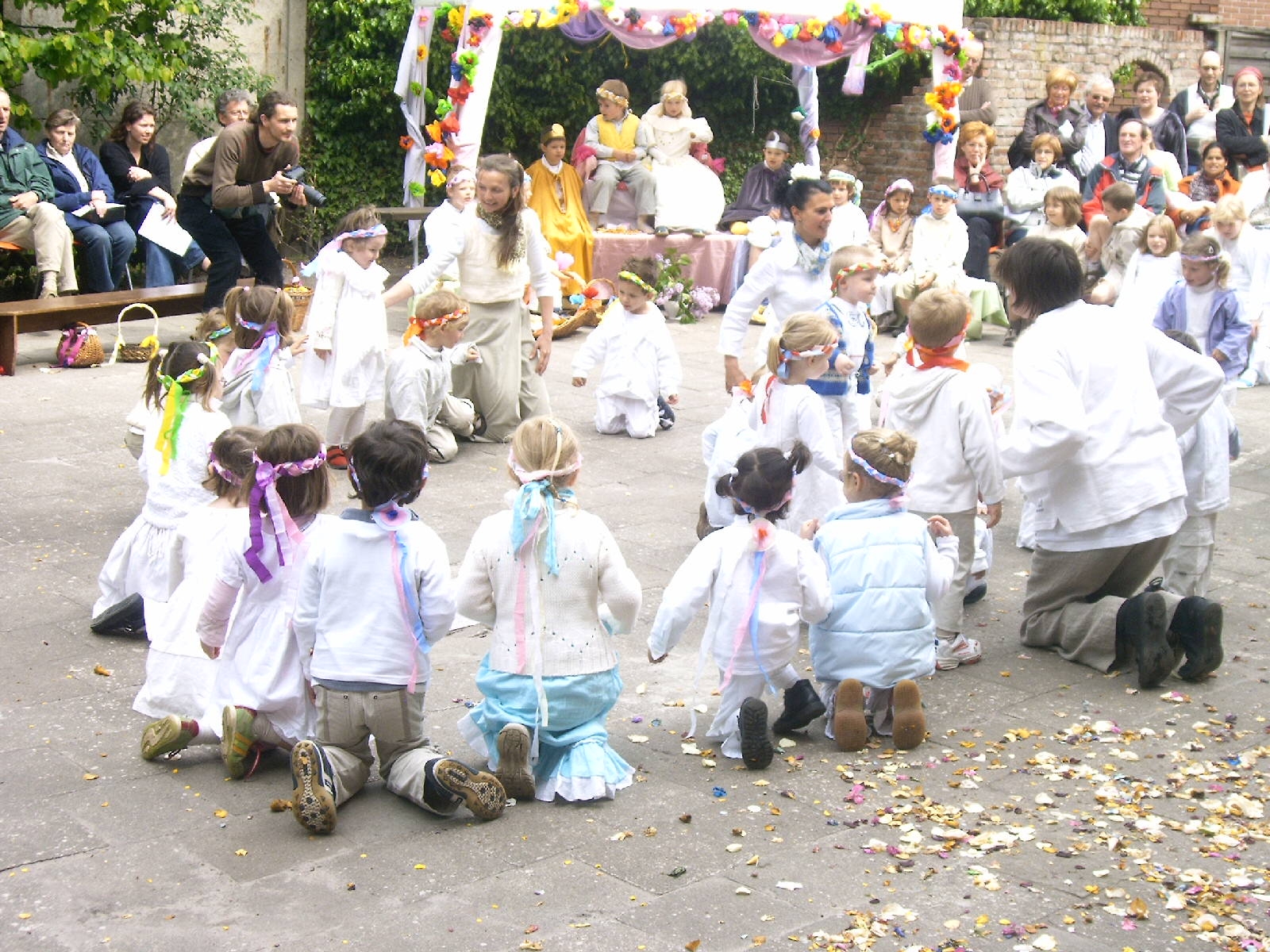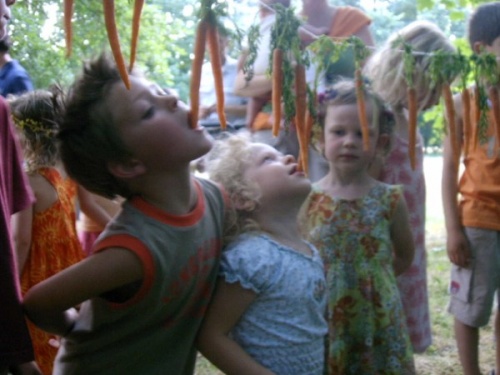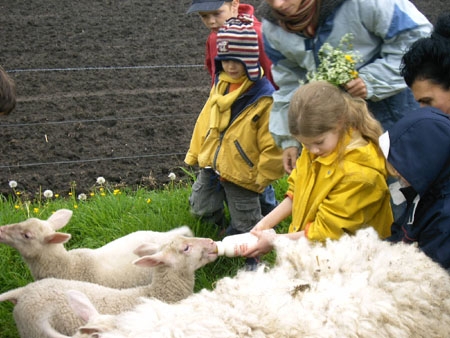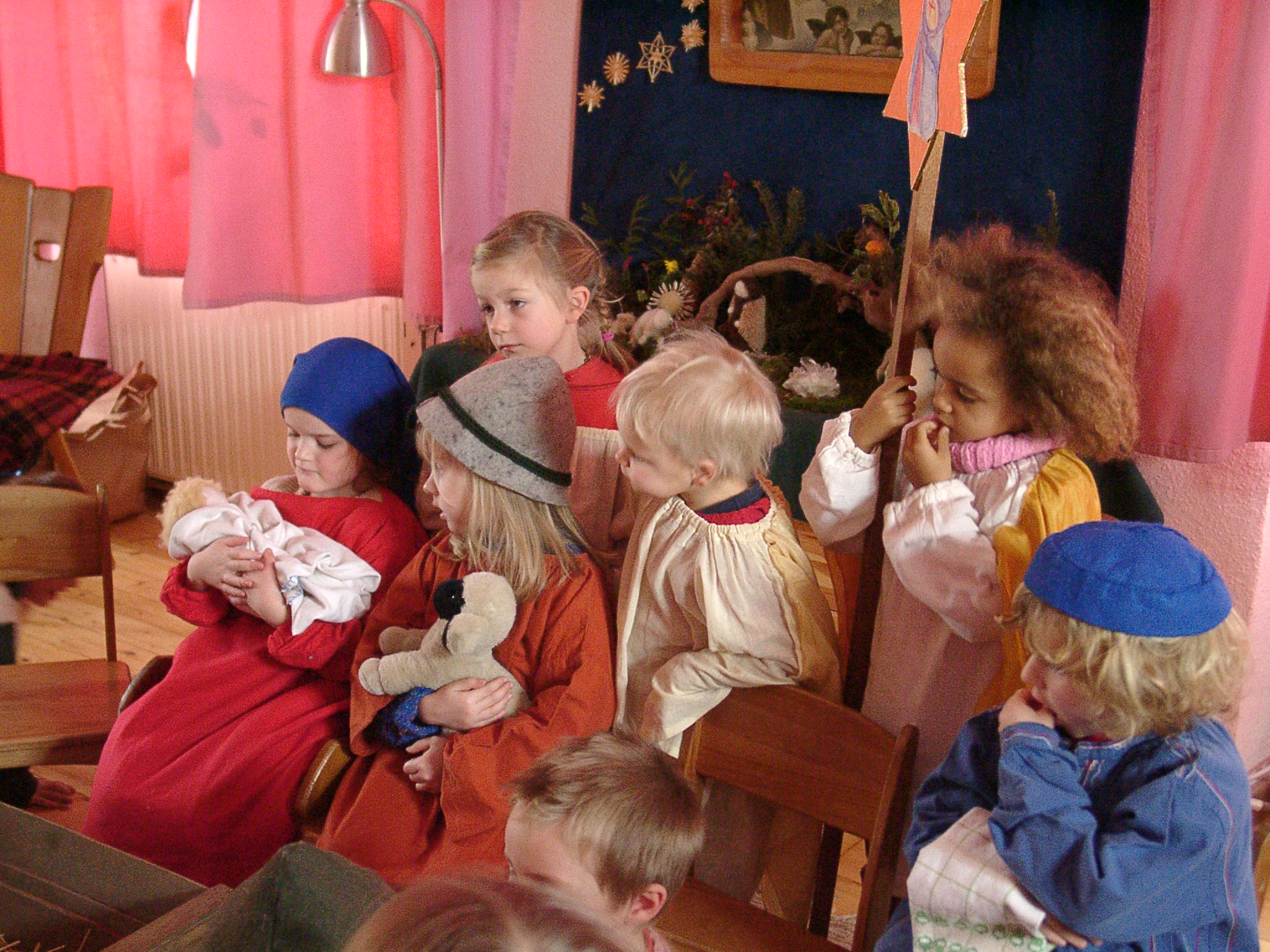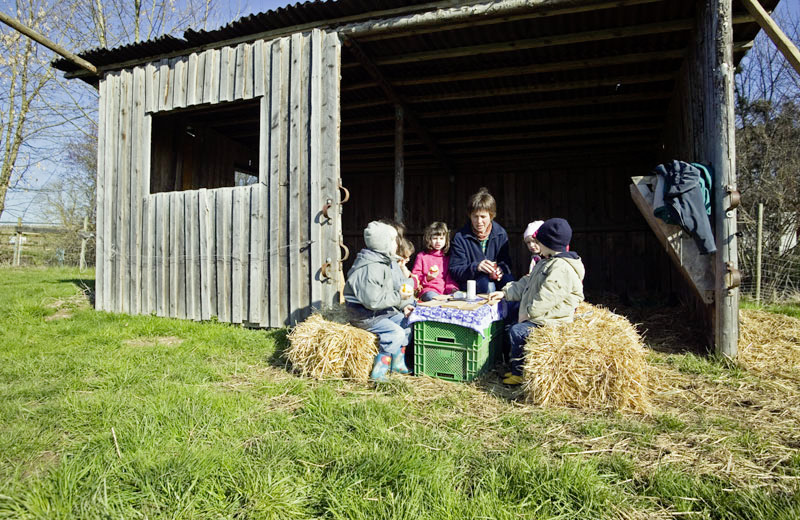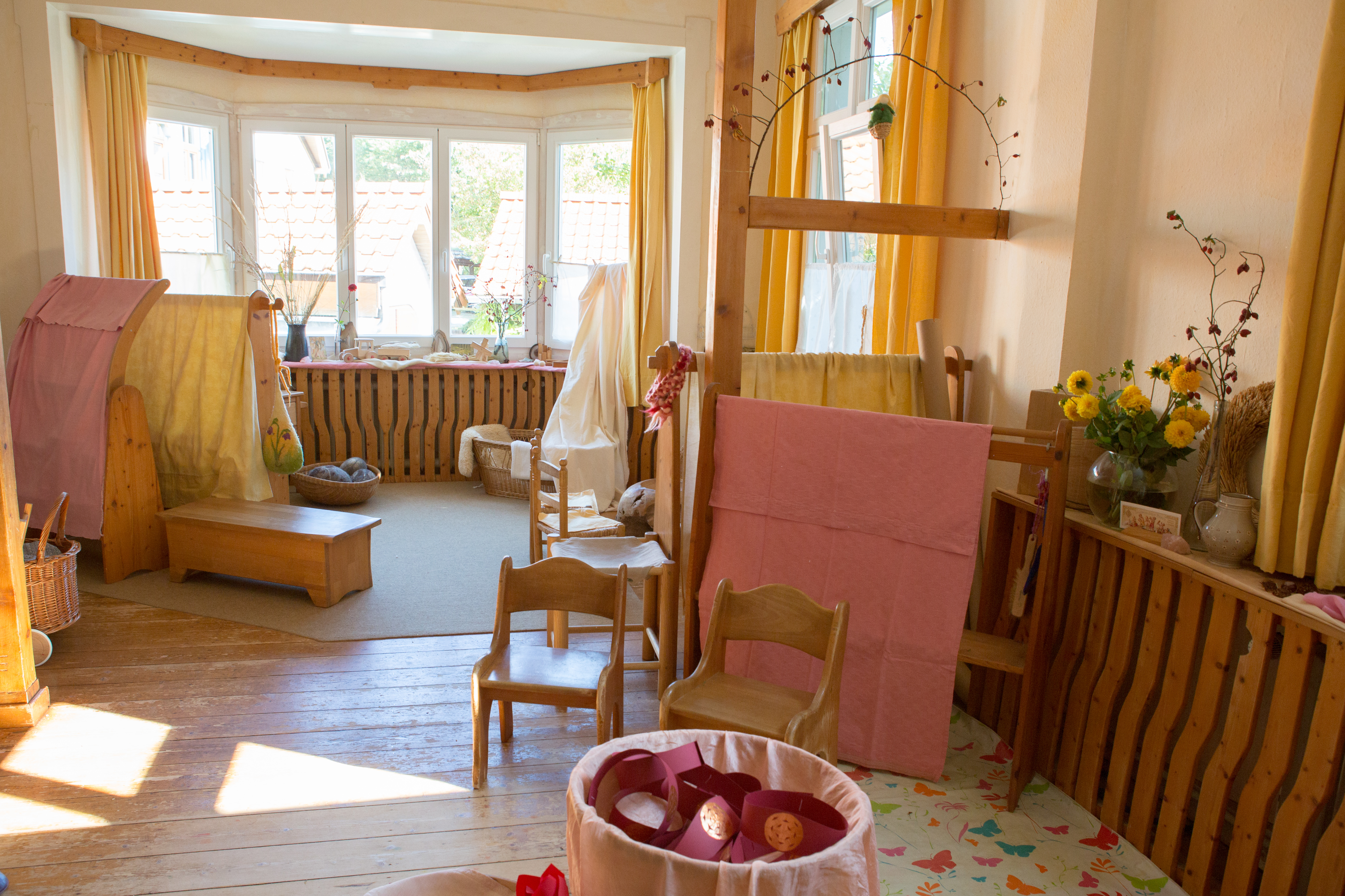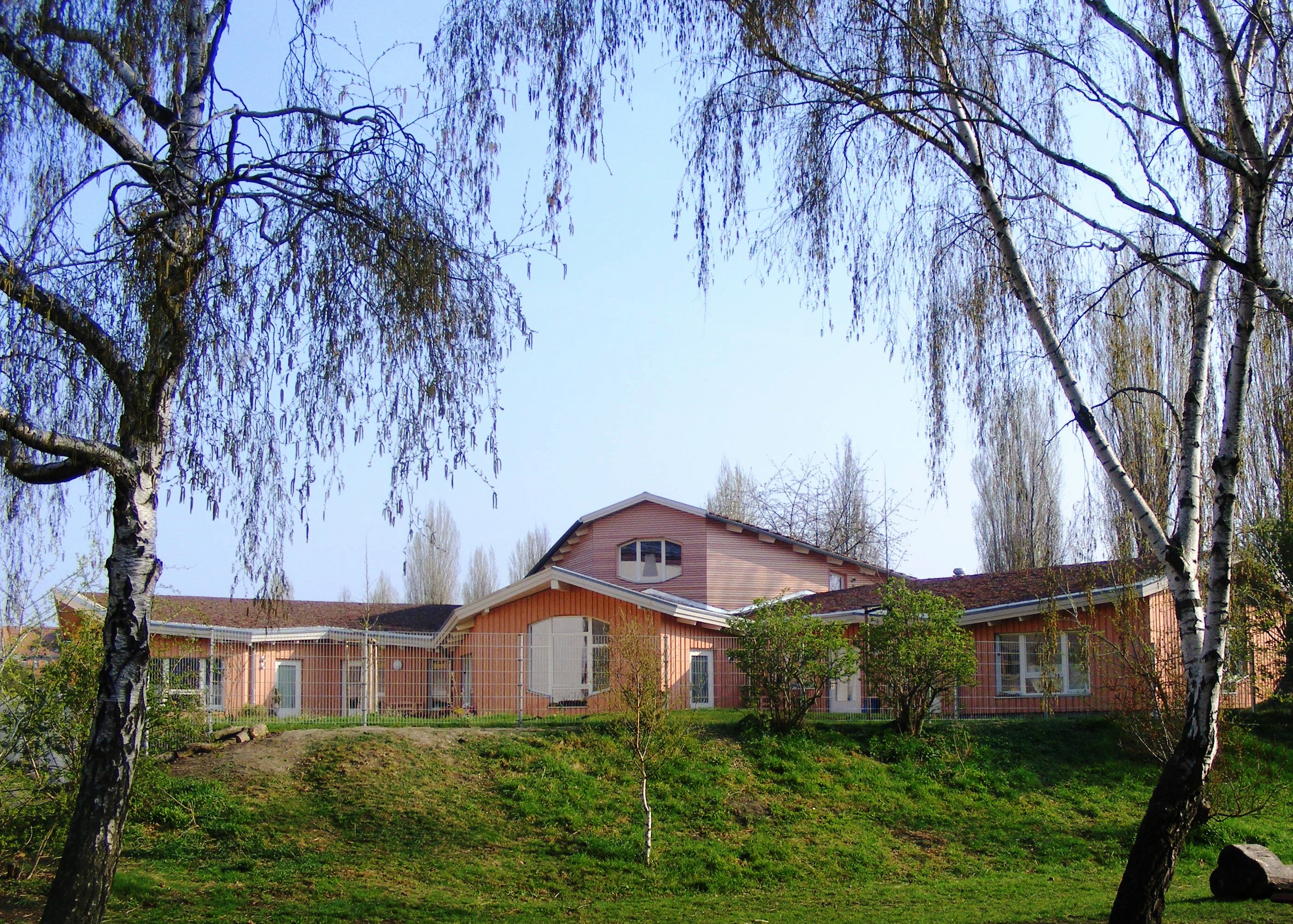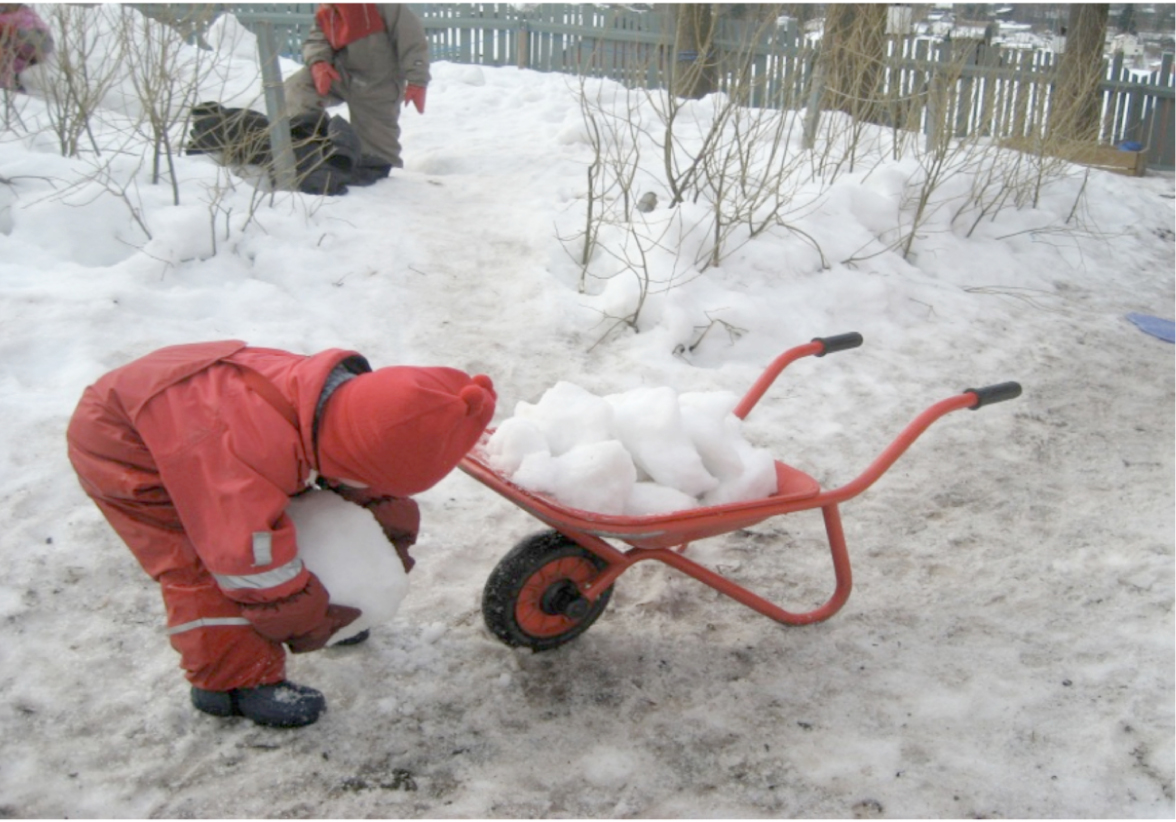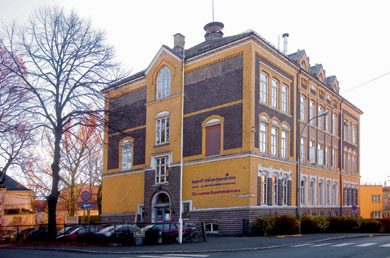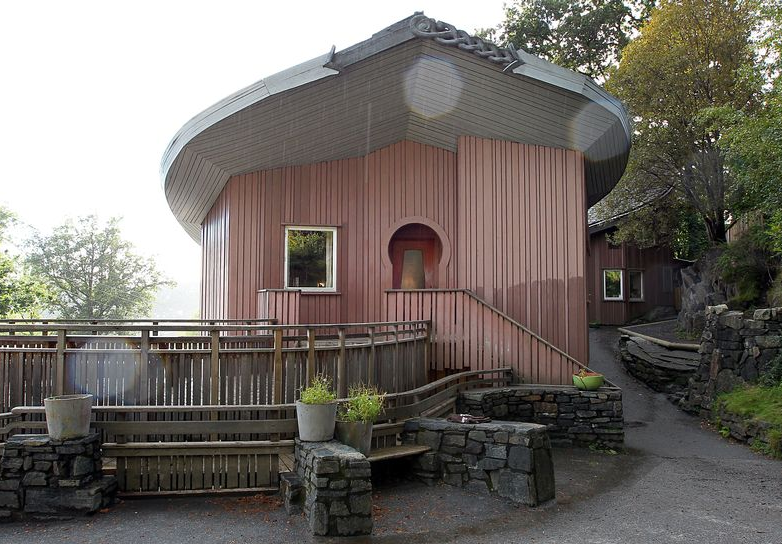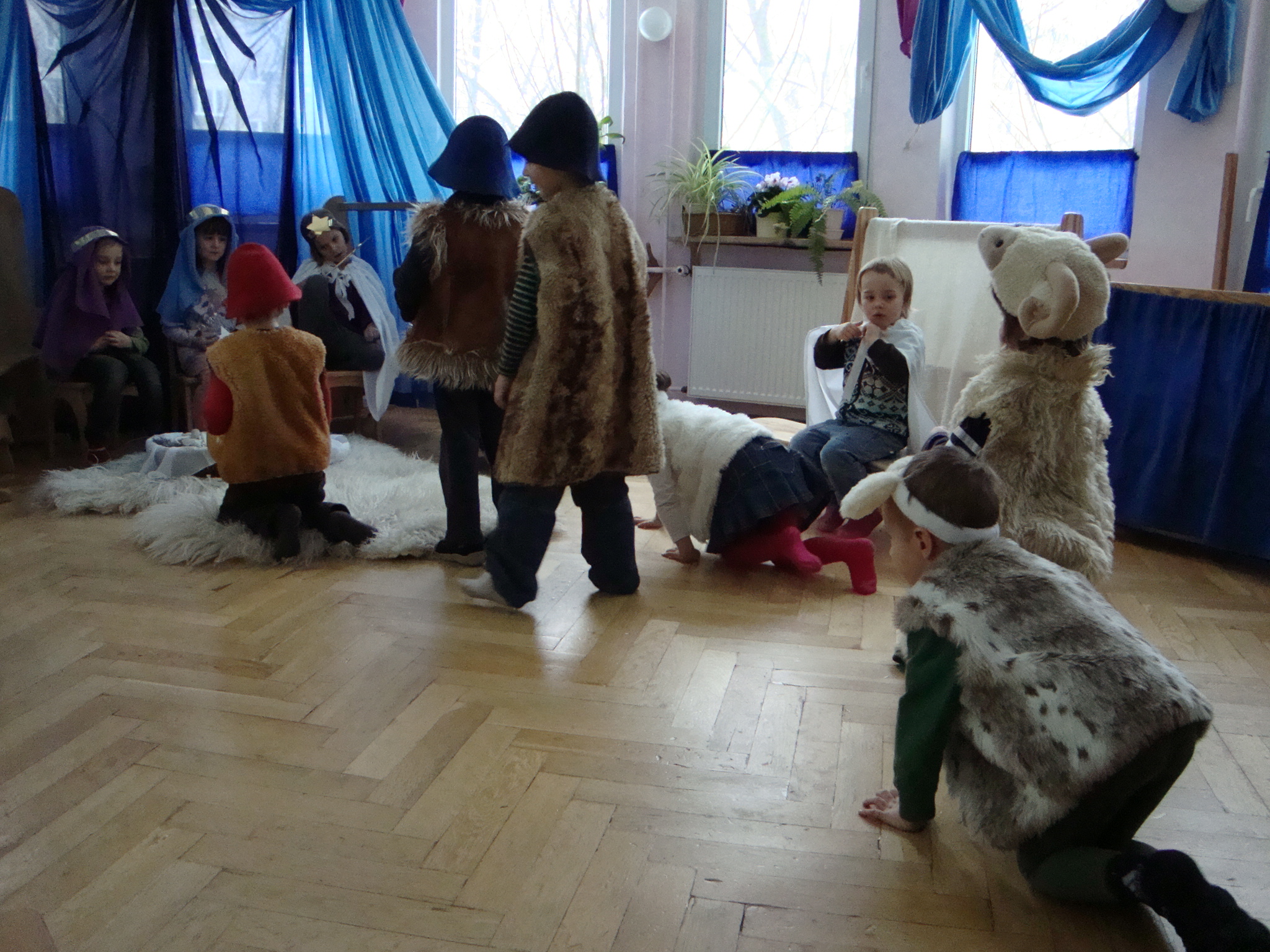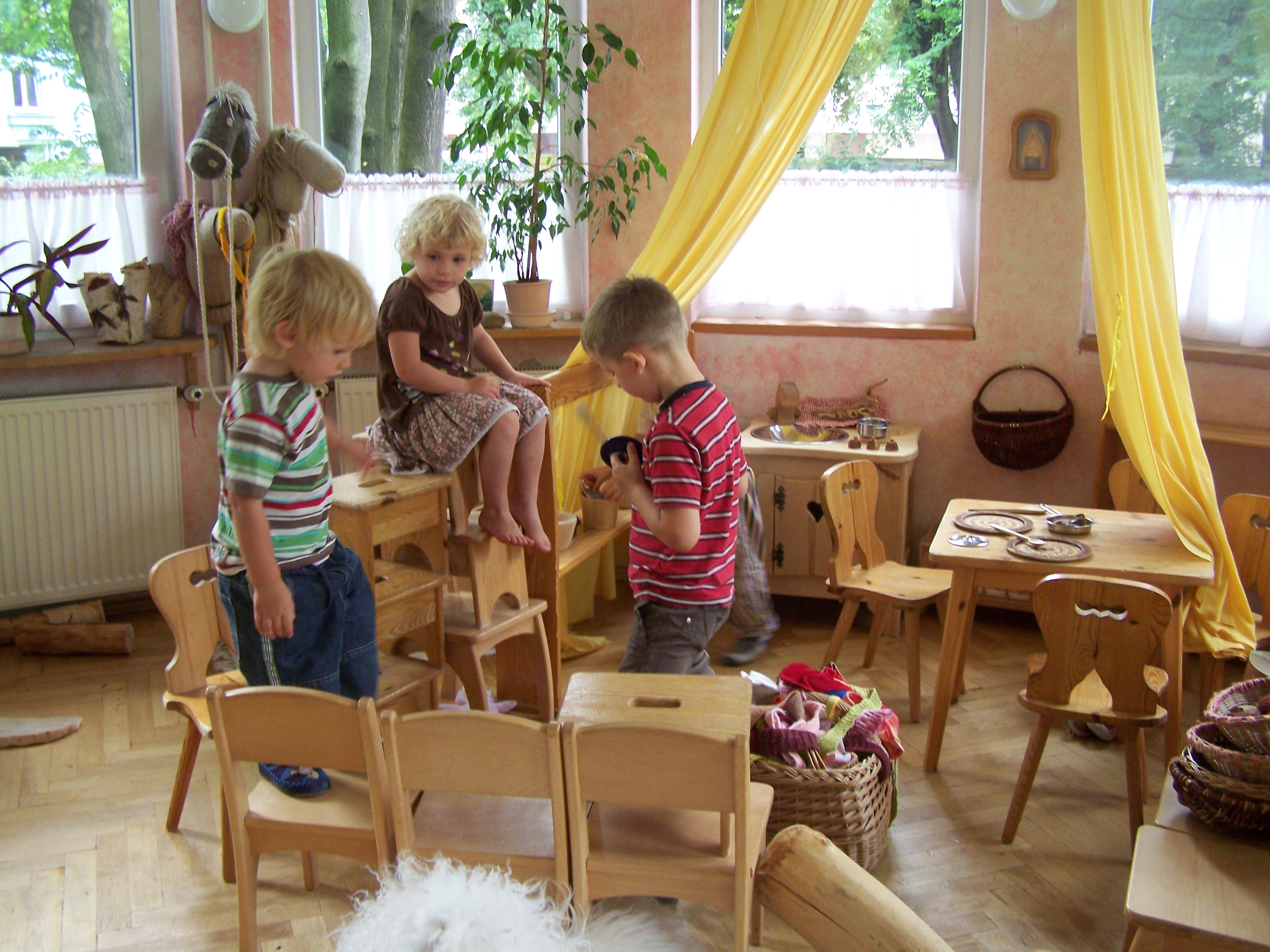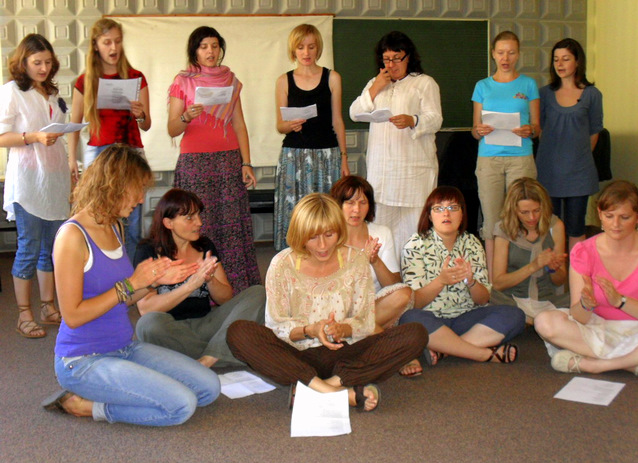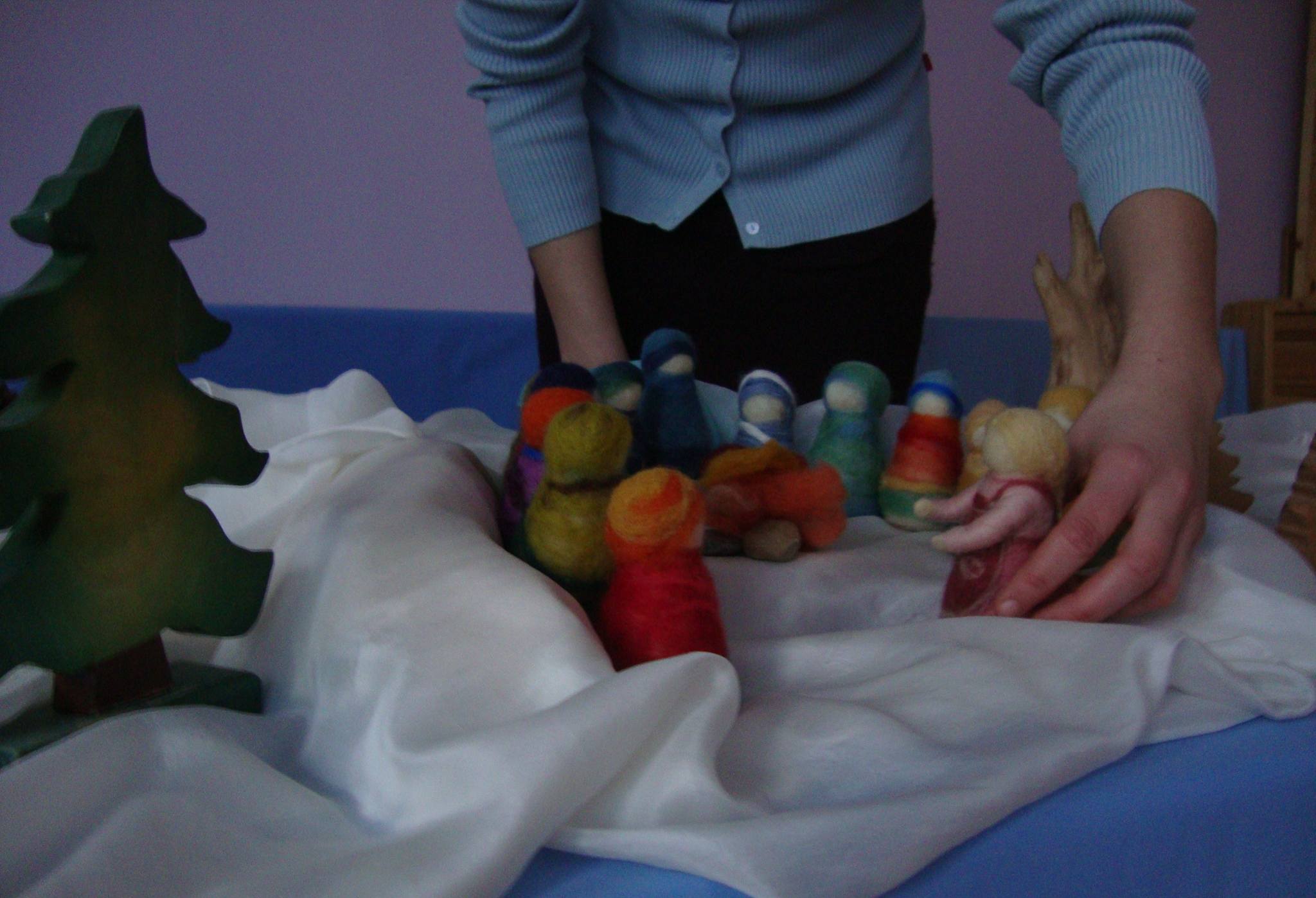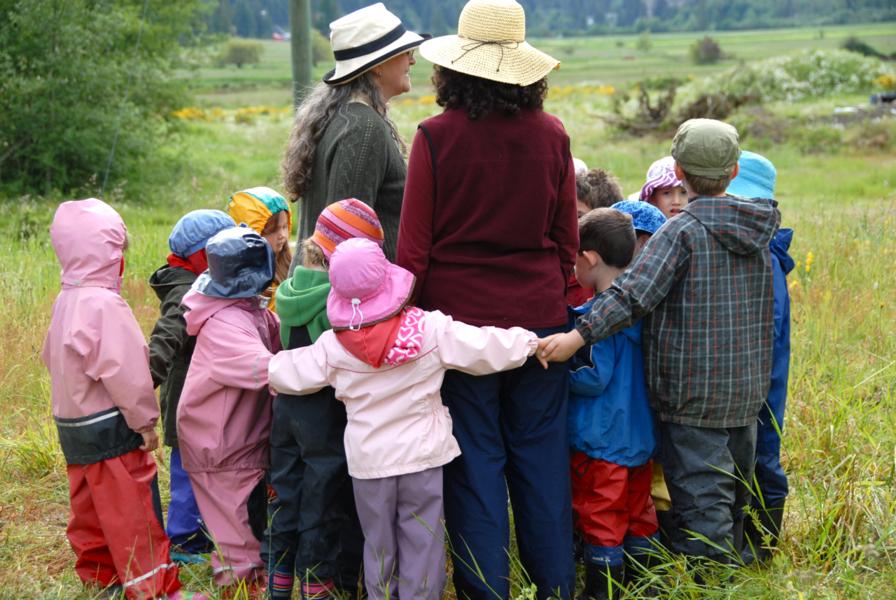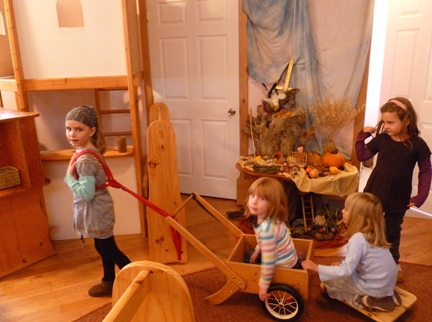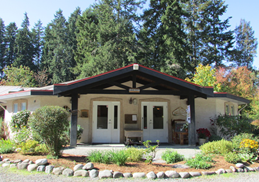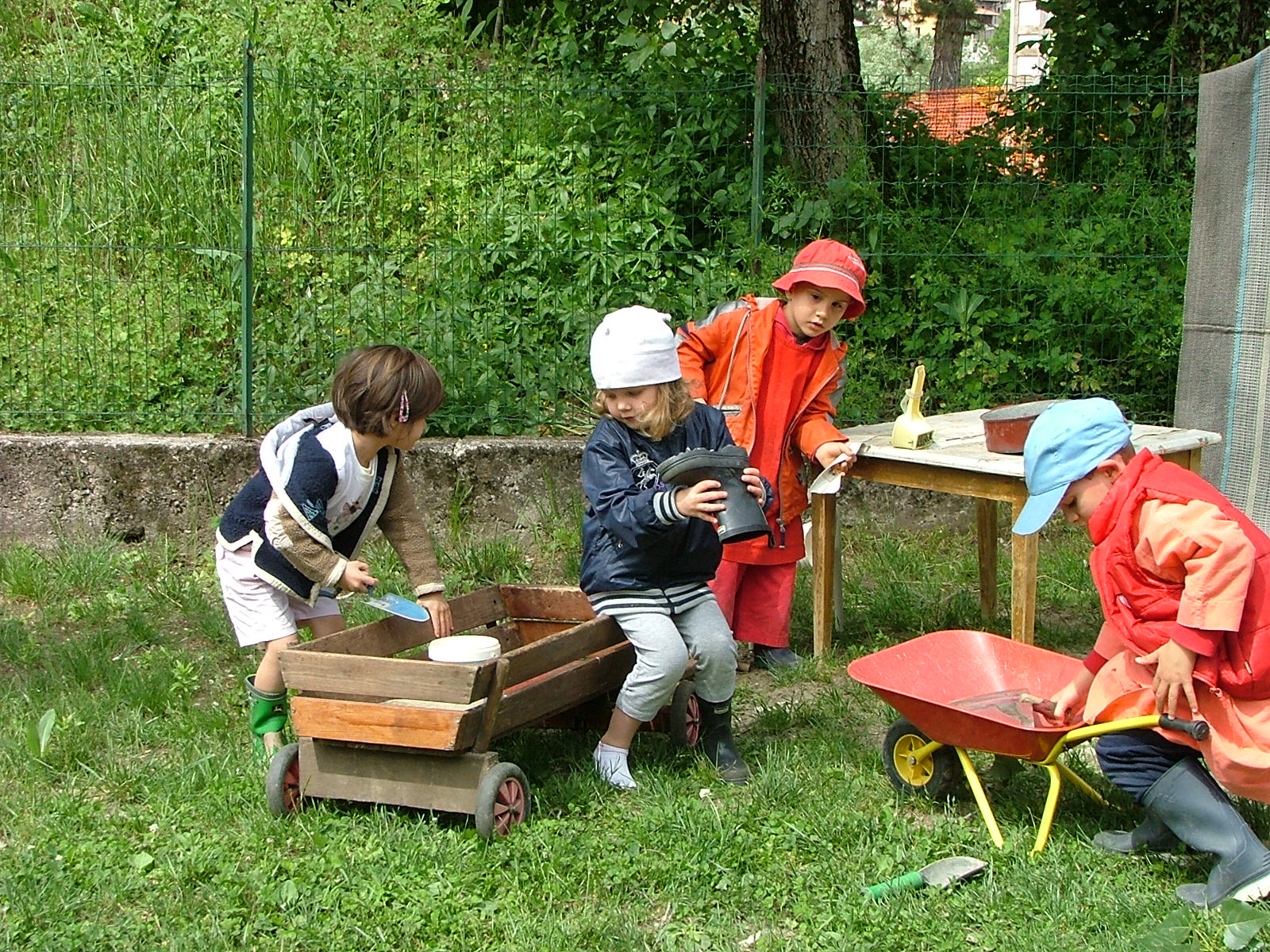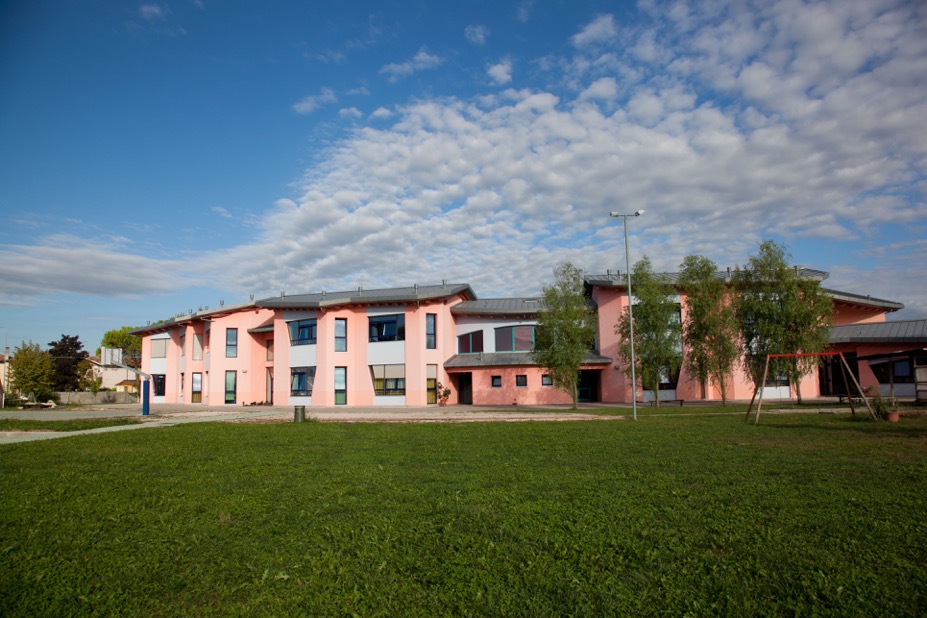Waldorf education became known in Spain in 1975 when a group of parents and teachers prepared the first Waldorf Kindergarten, which was inaugurated in 1979 in Las Rozas (Madrid) under the name of Escuela Libre Micael.
At present, there are 31 early childhood programs plus 16 more that are in a process of development and recognition. In Spain, policies are very strict, and many initiatives need a long time to be able to fulfil all the requirements before receiving their legal license. Initiatives are not supported by the state, but need to fully comply with the national curriculum. Nevertheless, we have developed a great capacity for translating the requirements of the law into a wonderful Waldorf reality!
There are also 11 Teacher Training Centres in Waldorf Education in 9 different cities. All are recognised members of the national association.
Early childhood programs in Spain are very different from those of a few decades ago: since children come from a very diverse conglomerate of cultures, economic backgrounds, family situations and new social structures, new attitudes and skills needed to be renewed and improved. This presupposes a reinforcement of teacher training in the pedagogical and didactic field, and in the management and leadership of schools.
The Spanish national association is a federation of all Waldorf Early Childhood Programs, Schools and Teacher Training Centres. This association promotes mutual support among the initiatives through meetings and among colleagues through working groups. It also works to protect the good use and quality of the names Waldorf and Steiner.
We also publish a twice-yearly newsletter distributed for free to more than 5000 families and friends of our movement and to more than 17,000 online subscribers, with updated reports of the activity of IASWECE.
The list of programs, publications and the national newsletter are published on the website www.colegioswaldorf.org.
For the newsletter: https://www.colegioswaldorf.org/pages/la-revista
Lourdes Tormes is a Waldorf kindergarten teacher and trainer, representative of IASWECE in the Asociación de Centros Educativos Waldorf de España, and a member of the IASWECE Coordinating Group member.
Website of the Waldorfassociation in Spain
Video about a Waldorf kindergarten in Alicante
